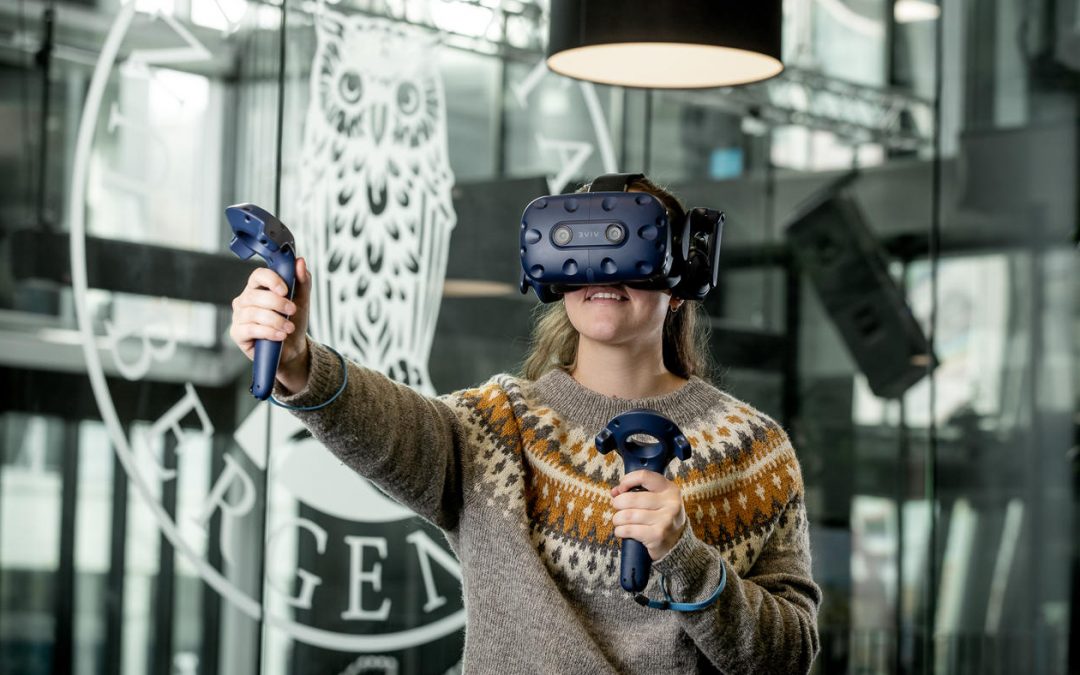In the upcoming year, the University of Bergen’s management has decided to allocate 13 million NOK in infrastructure grants across a handful of prioritized research projects. It is with great pleasure to announce the Department of Information and Media Studies, in cooperation with three other departments, and under the leadership of Prof. Morten Fjeld, who is also MediaFutures’ Work Package 4 leader, has been granted 3.5 million NOK for enabling equipment for research excellence in Human-Computer Interaction (HCI). The requested infrastructure will be also of great benefit to MediaFutures’ researcher and research partners.
At the national and global forefront of Human-Computer Interaction research
Human-Computer Interaction (HCI) has become the key modus operandi of our post-pandemic, digitalized society. Everyday human and digital activities are fully integrated and determine the way we communicate, create, think and act. Understanding the interaction between humans and computers/technology, and mastering it is vital to successful sustainable development of nearly all sectors of an increasingly digital society, including such critical research areas as health, education, energy, digital media and governance.
The infrastructure afforded by the allocated grant will allow to build and foster world-class research lab facilities at the University of Bergen and to develop cross -disciplinary academic community, all focused on understanding and implementing innovation in how humans interact and create with digital technology.
“Hands-on experimentation and research with interactive devices, including wearable sensors and display systems, is critical for researchers to develop, validate, and advance scientific knowledge. Using such infrastructure is also critical in enabling research-based education at all levels, from BSc to PhD”, says Prof. Morten Fjeld.
Beneficial for MediaFutures
The granted funding is also of great importance for MediaFutures. The requested infrastructure will allow for further collaboration across all Work Packages, and with other partners. The infrastructure will act as a conduit to generate new and cross-field insights, innovations and solutions, all in line with the centre’s thematic priorities.
“Having this infrastructure in close reach and ready for experimentation will help all MediaFutures directions to concertize interactive media research into wearable devices, multi-device interaction, and accessible media”, adds Prof. Fjeld.
Foto: Eivind Senneset, UiB

